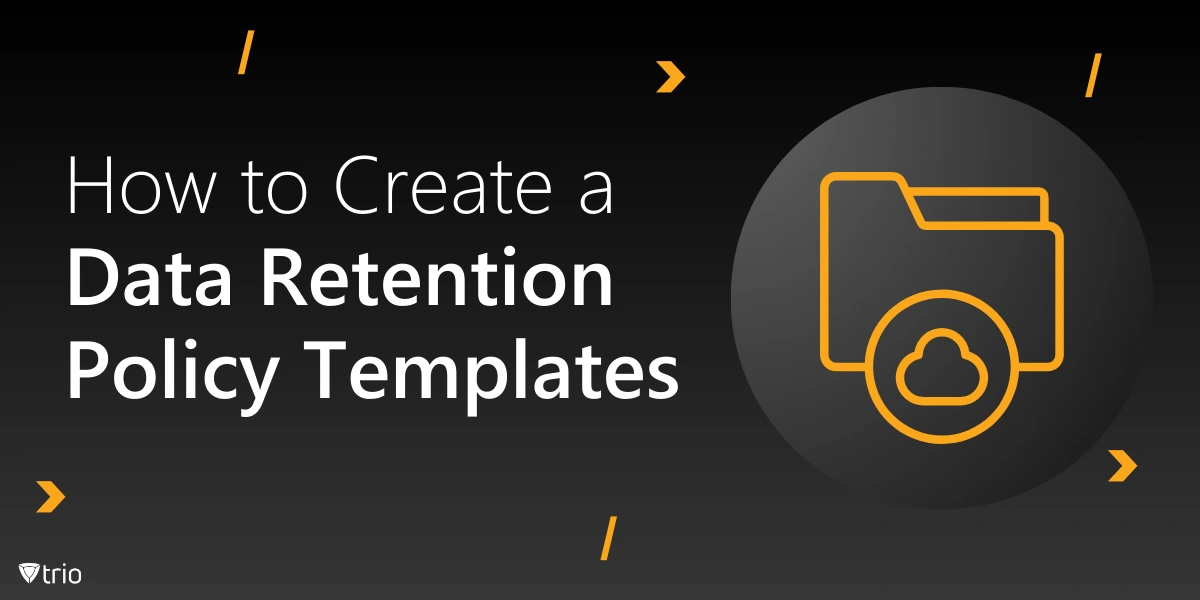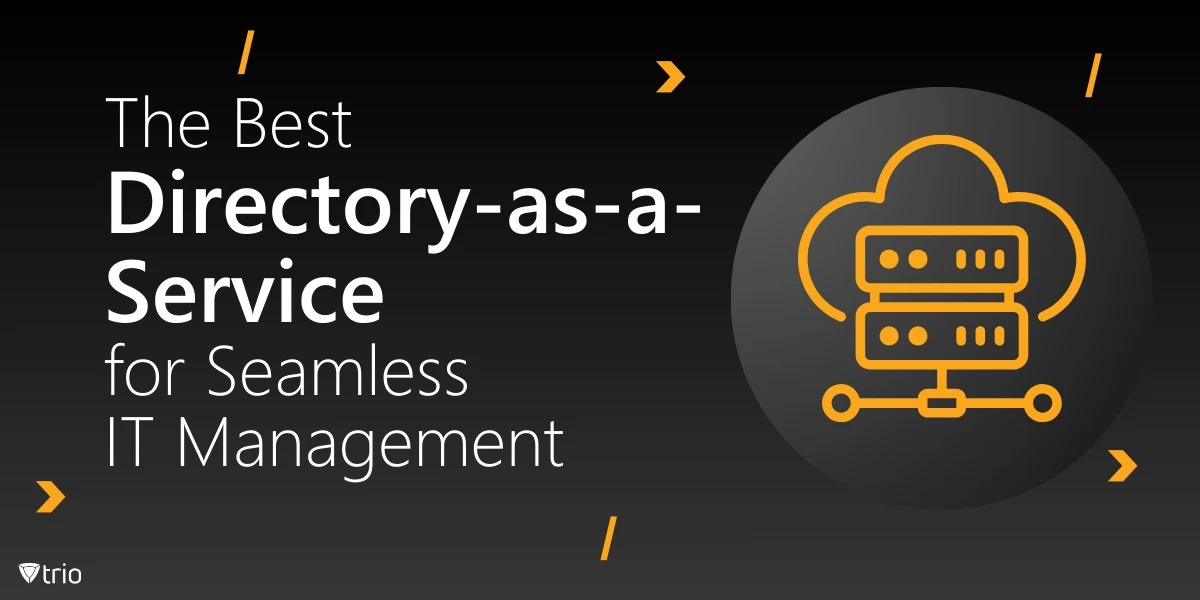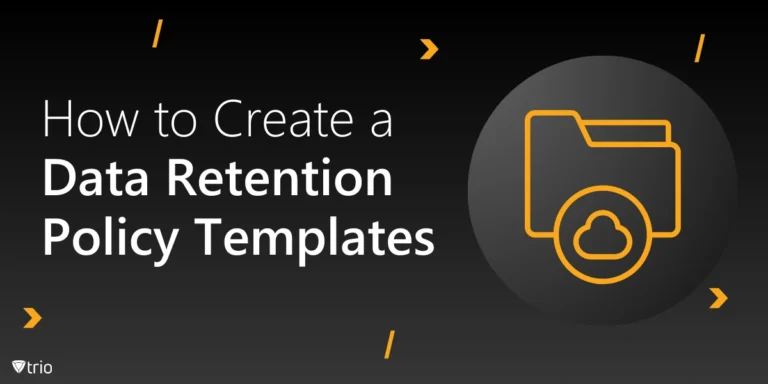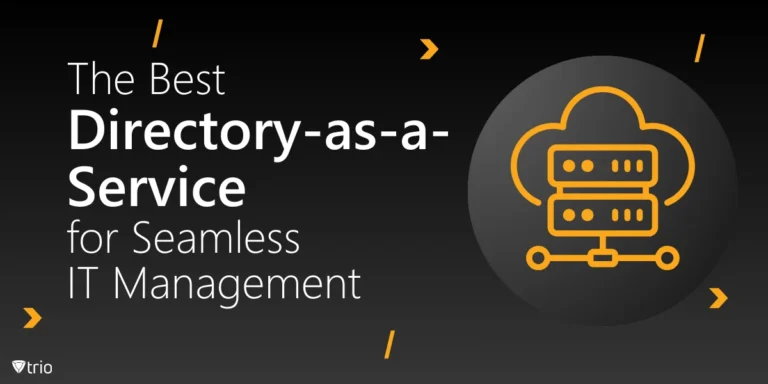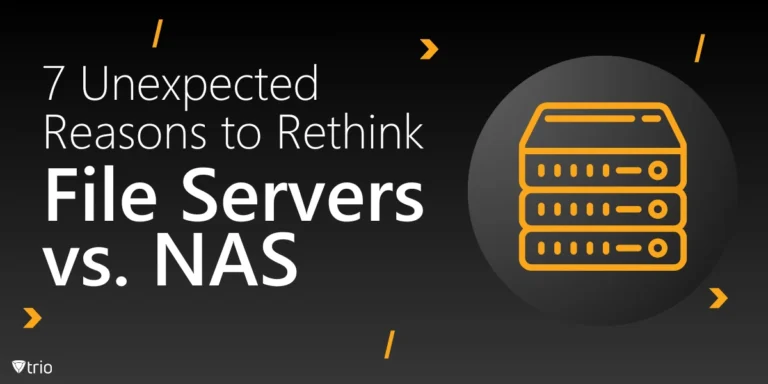In its most straightforward definition, operational efficiency is the ability of an organization to produce outputs with the least amount of inputs. As common sense applies, all companies are always looking for ways to help them maximize productivity and minimize waste in return. In the modern era, the definition of operational efficiency has been shaped and redefined in the context of endpoints and their management. Operational efficiency in the context of a mobile device management (MDM) solution refers to the ability of the solution to help organizations streamline and automate their mobile device management processes, thereby saving time and resources. Device management solutions such as MDM, EMM, and UEM are beneficial to organizations in many ways. Benefits of these device management solutions include the ability to effectively manage and provision a large number of devices, ensuring smooth operations and minimizing downtime. Secondly, it helps reduce financial and reputational costs by eliminating unauthorized access and allowing for secure identity management, which makes it an important addition to any company. Lastly, it empowers IT admins to be able to troubleshoot devices remotely and make sure that all endpoints are always running on the latest patches.
Performance Efficiency vs Operational Excellence
Assessing Current Operations
To assess the current operations of an organization effectively, it is important to first identify its key performance indicators (KPIs). KPIs are measurable values that demonstrate how effectively a company is achieving key business objectives. These measures are used to track progress toward specific goals, identify areas for improvement, and make informed decisions. KPIs relevant to Master Data Management (MDM) may include metrics such as in-depth security metrics, the number of devices managed, the average response time for resolving device issues, the percentage of devices that are successfully updated and maintained, and even the utilization of features like ‘single app mode.’ With these valuable insights into the effectiveness of the MDM solution, organizations can identify areas where they need to enhance their IT infrastructure and optimize their use of MDM functionalities.
In addition to traditional KPIs, organizations should also consider metrics related to secure collaboration tools. Secure collaboration tools play a crucial role in enabling remote work and facilitating communication and collaboration among team members while ensuring data security and compliance. Metrics such as the adoption rate of secure collaboration tools, user engagement levels, and data security incidents related to collaboration platforms can provide valuable insights into the effectiveness of these tools and help organizations optimize their usage for maximum productivity and security.
Once KPIs are established, a thorough analysis of the current processes and procedures should be conducted to identify areas for improvement. This involves evaluating the workflow, in-place security metrics, and installed patches. Apart from monitoring, gathering feedback from IT administrators who are directly involved in managing devices can provide valuable insights into the pain points and challenges they face, helping to further identify areas that need improvement.

Establishing KPI-Driven Goals and Targets
Establishing clear goals and targets is a crucial step in driving success and measuring performance within an organization. These goals should align with the overall company strategy and address the specific needs of the digital workspace. The best metrics to set these goals are, without any doubt, the data gathered based on KPIs. Treating KPIs as the building blocks of goals is particularly important and practical, as they help portray a more accurate assessment of progress and success. Moreover, by setting goals based on KPIs, IT departments can ensure that they are meeting the needs of the organization and that they are using their resources effectively. The alignment of goals and targets with the company strategy ensures that IT initiatives support and contribute to broader organizational objectives. Setting clear objectives also contributes to creating a roadmap that outlines the specific steps and actions required to achieve the desired targets to increase operational efficiency. More importantly, a roadmap provides a structured approach and helps guide decision-making and prioritization of efforts.
Improving Processes and Procedures
Constant monitoring and improvement of the digital workspace is essential for streamlining processes to achieve operational excellence. One approach to streamline the process is to fully evaluate the existing workflow and eliminate unnecessary steps. This strategy helps minimize wasted time and enables a smoother and more efficient operation. Another effective strategy is the automation of repetitive tasks and workflows, including the management of kiosk devices. Kiosk software plays a crucial role in managing and controlling the user experience on self-service kiosks, ensuring that they function smoothly and securely.
With the help of an MDM solution, device and accessibility provisioning, including kiosk devices, becomes almost automatic. Organizations can centrally manage and monitor kiosk devices, enforce security policies, and push software updates seamlessly. Furthermore, an MDM solution enables organizations to set the right policies and settings across all operating systems by defining a single policy and applying it to all devices within that category, including kiosk devices.
Apart from all the benefits that an MDM or other similar device management solutions can offer, including kiosk management, it also helps implement agile methodologies that can drive faster and more responsive operations. By consistently improving processes, automating tasks, and embracing agile methodologies, organizations can improve operational efficiency and deliver better customer experiences through their kiosk deployments.

Investing in Technology
As technology is moving forward faster than ever, investing in new technologies is a strategic step toward improving operating efficiency within any organization. One key technology investment is adopting cloud-based solutions, which provide scalability and flexibility for businesses. These solutions allow organizations to adjust their resources properly. In other words, scale up or down based on their needs, which in return lowers the costs as it eliminates the need for costly investments. Also, cloud solutions offer the flexibility to access and manage data and applications from anywhere, facilitating remote and hybrid work models. Another valuable technology to use in the future is artificial intelligence (AI) and machine learning (ML), which can optimize operations by automating tasks and offering valuable insights. AI and ML can assist IT admins in detecting anomalies or potential issues, allowing for proactive measures to minimize disruptions and enhance operational efficiency. This empowers organizations to improve their operating efficiency, gain a competitive edge, and drive growth in today’s increasingly digital and dynamic business landscape.
Developing a Culture of Operational Efficiency
Developing a culture of operational efficiency is essential for organizations aiming to optimize their performance and stay ahead of the curve. One crucial aspect of fostering this culture is encouraging a mindset of continuous improvement. Additionally, providing ongoing training and education is crucial to equip employees with the skills and knowledge necessary to streamline operations. By investing in professional development opportunities, organizations can empower employees to embrace new technologies, methodologies, and best practices related to operational efficiency. Organizations should acknowledge and celebrate achievements that contribute to enhanced efficiency and cost savings, promoting a sense of ownership and inspiration among employees. This cultivates a culture where operational efficiency becomes embedded as a shared value and encourages a constant drive for improvement. By fostering a culture of continuous improvement, providing relevant training, and recognizing efforts toward operational efficiency, organizations can create an environment where employees actively contribute to optimizing processes and achieving sustainable operational excellence.
Trio the Best Tool for Achieving Operational Efficiency
Trio, as an MDM solution, helps achieve operational efficiency by streamlining device management processes. With Trio, companies can manage all their devices from a single platform, eliminating the need for multiple tools and reducing the time and effort required to manage devices. This centralized approach also enables IT teams to set policies and configurations across all devices, ensuring consistency and compliance. Moreover, Trio automates repetitive tasks such as device enrollment, configuration, and updates, freeing up IT teams to focus on more strategic initiatives. Trio also helps HR admins to onboard or offboard employees quickly and easily, granting them the appropriate accessibilities based on their roles and responsibilities. This streamlined approach reduces the administrative burden on HR teams and ensures that employees have the necessary tools and resources to do their job effectively.
Operational efficiency is crucial for organizations to achieve maximum output with minimal resources. With the help of device management solutions like Trio, companies can streamline and automate their device management processes which contributes to higher operational efficiency. By assessing current operations and identifying key performance indicators, organizations can gain valuable insights into areas that need improvement and make informed decisions to optimize their processes. Ultimately, striving for operational excellence is the key to sustained success in today’s fast-paced business environment. We suggest migrating to Trio, a top-notch MDM solution suitable for organizations of all types and sizes. Take advantage of its free demo to explore its features firsthand.

